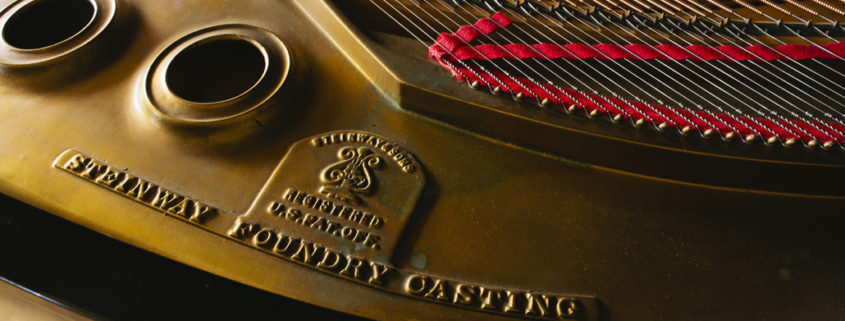This is the Dark Continent, or the “final frontier,” of piano technology. Very few piano technicians venture deep into the world of building tone in a piano hammer. People usually think of voicing as sticking needles into the hammers; this is a part of voicing/tone building, but many other protocols need to be done and in place before my needles come out: the action needs to be well and precisely regulated, the strings need to be seated, “lifted,” and leveled, the hammers need to be filed to the proper shape and mated with the leveled strings, and the tuning needs to be stable, precise, and musical.
Then, and only then, there are specific needling methods and locations for different brands and types of hammers that an experienced voicing tech can use to even out the attack of each note, make the tone sound fatter, and regulate the volume level at which the hammer produces an edgier, more “attack-y” tone. Other tools used for hammer voicing are chemical hardeners, sandpaper, steam, and a “hammer iron.” The “perfect” piano tone is, in one sense, completely subjective (and the subject of seemingly endless dialogue between piano techs and other piano obsessives) and yet a startling similarity of tonal concept or “tonal pocket” exists from one high-end concert technician to another around the world.
Most of the recorded pianos I hear that I like (the ones that are not too bright and clangy) are voiced and prepared in an amazingly similar manner. This is because we are all affected and influenced by the piano recording and performances we heard when we were young—our formative experiences with piano tone that build our tonal memory—and tonal memory is essential to becoming a voicing technician.
The difference between an unvoiced piano and a voiced piano is, literally, night and day—the voiced piano is more pleasant, more exciting, has many more hidden colors and voices, is much more subtle and complex—it’s simply more fun to play.




